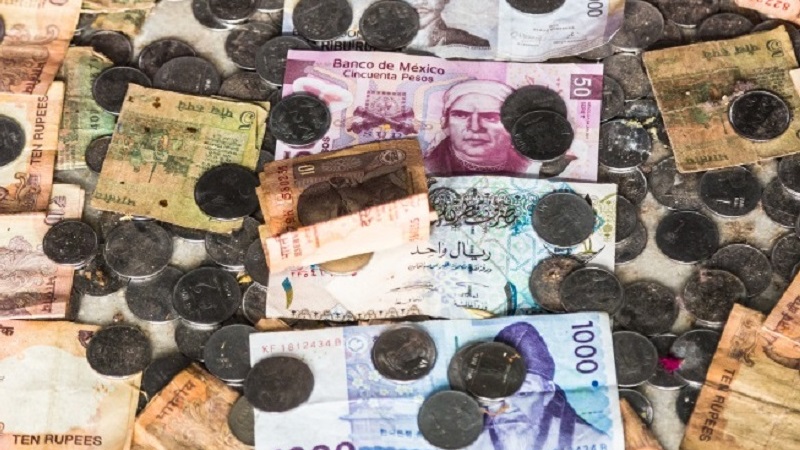The Investment Association has carved up its Global Emerging Markets Bond sector into a trio of sectors along currency type, a move which will make it easier for advisers and investors to make like-for-like comparisons.
The change, which came into effect on 1 January 2020, will see the 69 funds currently in the IA Global Emerging Markets Bond sector splintered into three new categories – Blended, Hard Currency and Local Currency. The majority (29) will be moved into the Hard Currency category, while 26 funds will transfer into Local Currency and 14 funds will end up in the Blended sector.
The IA said the decision follows a consultation with its members to better classify funds around their use of hard or local currencies.
“We are continually monitoring the fund market to ensure that all of the IA sectors reflect the wide range of products the investment management industry has to offer UK savers,” said IA director for policy, strategy and research Jonathan Lipkin.
“The division of the Global Emerging Markets Bonds sector will make it easier for savers and their advisers to find information and make like-for-like comparisons.”
Willis Owen head of personal investing Adrian Lowcock said the IA’s move makes sense given the “significant impact” currency has on risk.
“It is important that investors can compare like with like but also in an asset class where the currency has a significant impact on the risk and the type of underlying investments it will also help investors select the fund they want,” Lowcock said. “In addition it allows investors to analyse performance more appropriately and see how currency exposure matters.”
Funds across the trio of sectors must invest at least 80% of their assets in sovereign or corporate emerging market bonds and be diversified without a country or regional focus.
IA Global Emerging Markets Bond Blended sector constituents can have a hard or local currency bias at different points in time.










